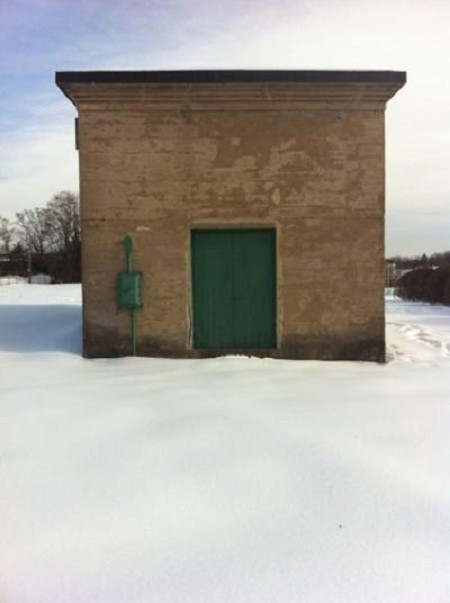Light bulb inventor Edison also invented concrete house

Practical electric light bulb developer Thomas Alva Edison has also invented and patented an innovative construction system in 1917 to mass produce prefabricated and seamless concrete houses, according to a New Jersey Institute of Technology (NJIT) researcher.
Typically most people associate this style of architectural design and type of building technology with the European avant-garde of the early 20th century, the researcher said.
Last month supporters of modern poured-concrete design were in for a rude awakening when they heard NJIT Assistant Professor Matt Burgermaster's presentation at the 64th annual meeting of the Society of Architectural Historians, Edison's Single-Pour System: Inventing Seamless Architecture.
However, unknown to many people is that many Edison houses remain standing in towns surrounding West Orange, New Jersey, where Edison's factory was located and is now a National Historic Park, the researcher said. On the park grounds is even a prototype of Edison's concrete house.
Edison's one-of-a-kind system was patented for the purpose of building a single, repeatable structure without any parts, with a single act of construction. And, remarkably, 100 years later many of these houses remain standing, said Burgermaster.
This paper analyzed Edison's invention of a single-pour system for concrete construction as a novel application of this material's dynamic behavior and speculated on its role in the development of a type of integrated building anatomy that, perhaps inadvertently, also invented the idea of a seamless architecture.
Originally motivated by the objective of providing a cost-effective prototype for the working-class home, this early experiment in mass-production was one of Modernism's first attempts to construct a building with a single material.
Edison's 1917 patent proposed a building-sized mold that leveraged the intrinsically dynamic capacity of concrete to form itself into a variety of shapes and sizes, limited only by the design of its framework.
The invention's potential efficiencies resided in the distribution of this material as a continuous flow through an entire building instead of being confined to the prefabrication of its constituent parts.
By physically integrating all interior and exterior building components and their associated functions of structure, enclosure, and infrastructure within a single, monolithic concrete cast, all aspects of assembly were eliminated. It was a whole without any parts-- a building without joints.
This radical proposition -- a seamless architecture -- was built by Edison before it was conceptualized by the European avant-garde (such as Le Corbusier and the Bauhaus) with whom it later became associated.
While they imagined concrete as a material without a history or author -- one well-suited to industrialized modes of production -- and aestheticized such autonomy and anonymity as a material truth, Edison's single-pour system matter-of-factly proposed an alternative causal relationship between material and form.
Its physical seamlessness was not a representation of architecture as an idealized, machine-made object, but was an effect of actual material behavior. As such, this technological invention not only delivered an innovative construction method, but also an alternative way of thinking about the material itself.
I don't think this research on Edison's invention offers grounds for anyone to call those European architects copycats. As anyone in a creative field knows, sometimes these things are just in the air and like minds can be said to think alike, said Burgermaster.
Edison's approach to invention remains as radical today as it was a century ago. It's been very interesting finding this body of work and making it visible. My hope is that this 'lost' chapter in the early history of concrete construction will demonstrate that Edison not only left a mark on the field of architecture right here in our back-yard, but that his unique approach to design thinking offers a model for how today's architects and designers can add value to the process of technological problem-solving, Burgermaster concluded.
© Copyright IBTimes 2024. All rights reserved.





















